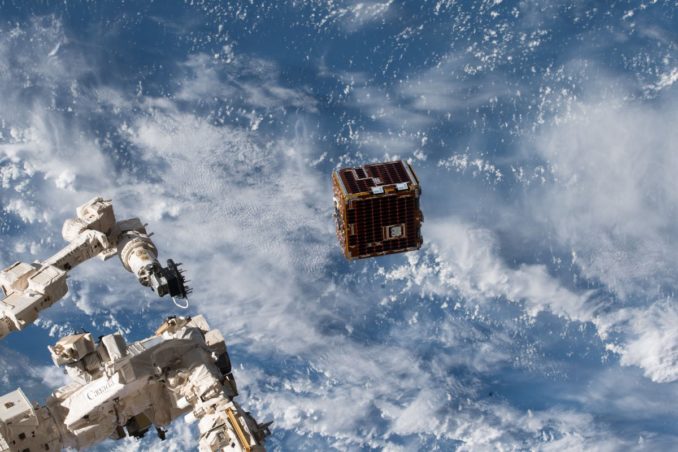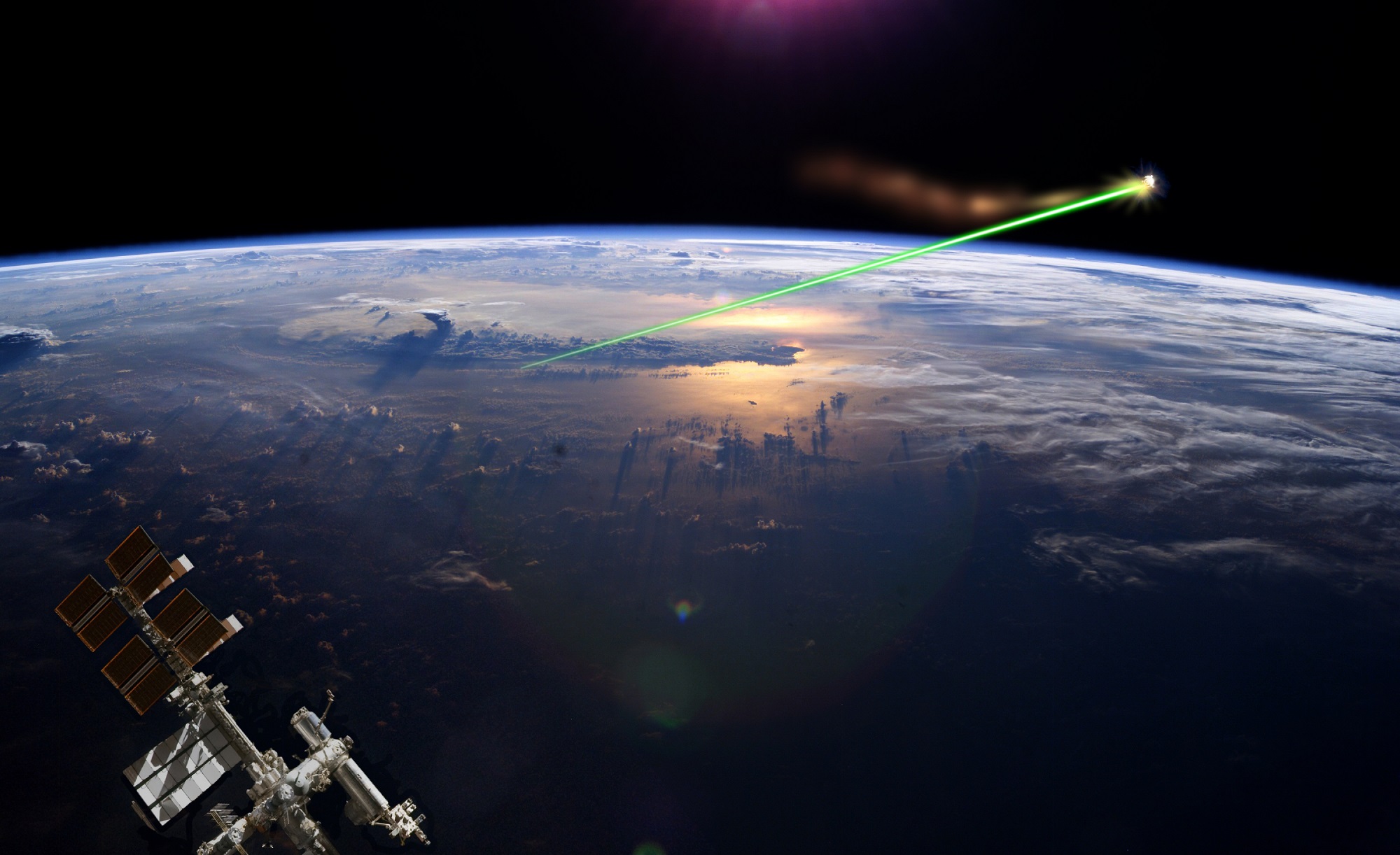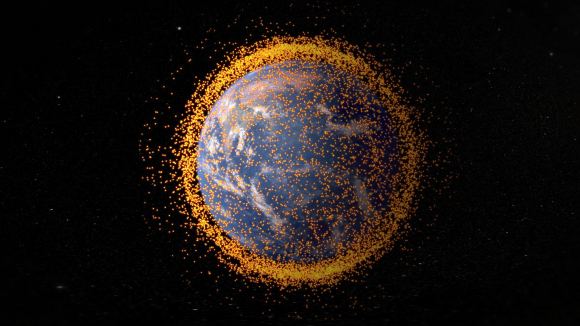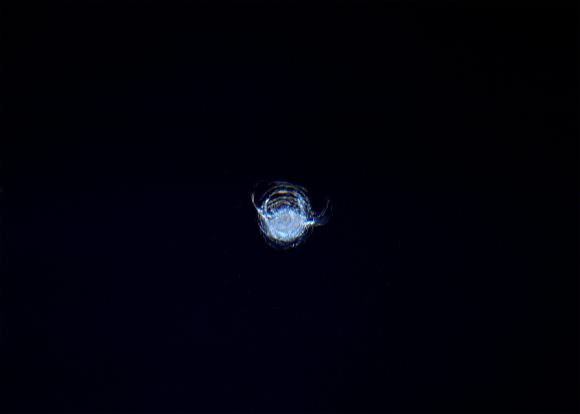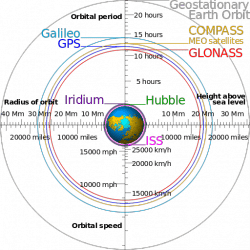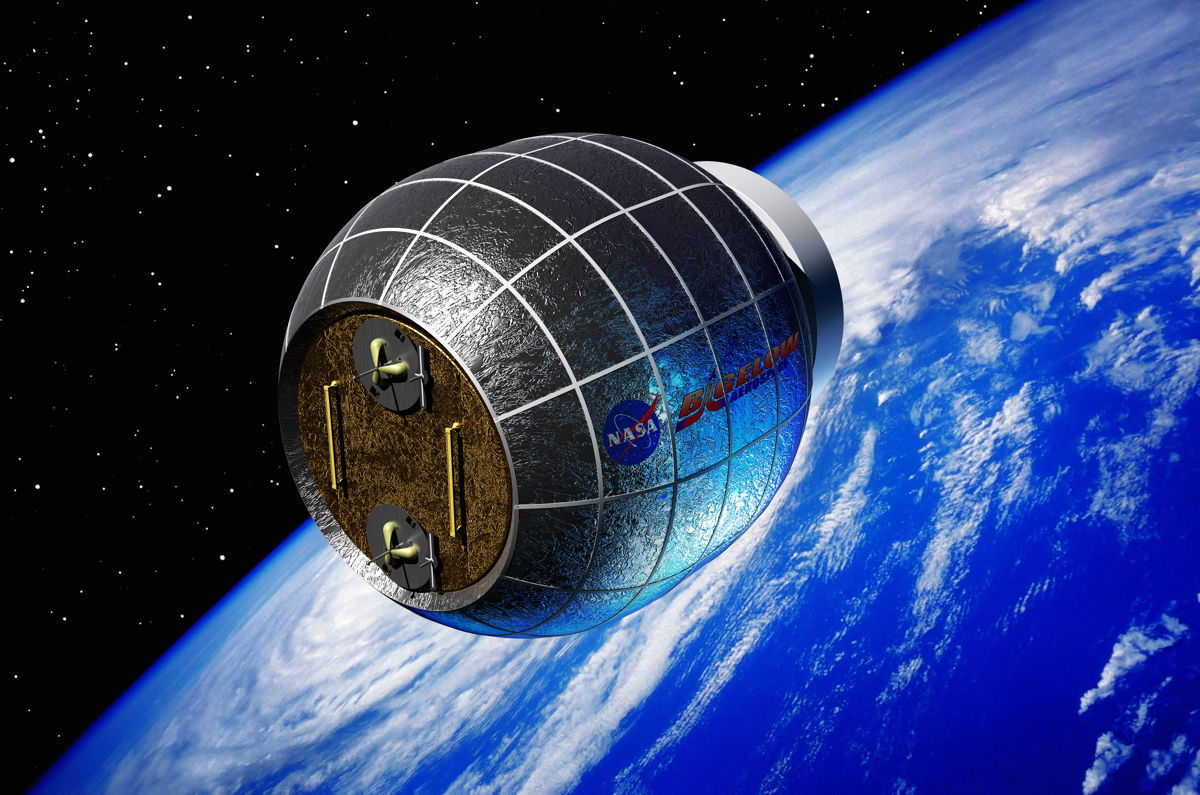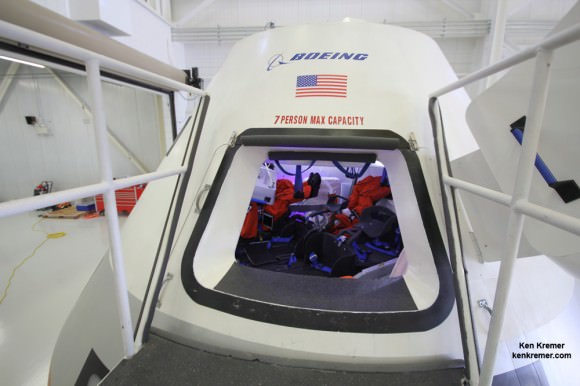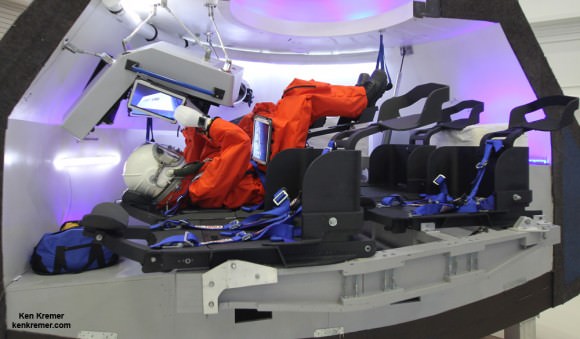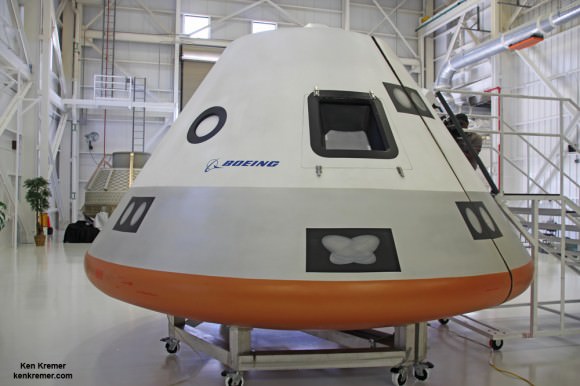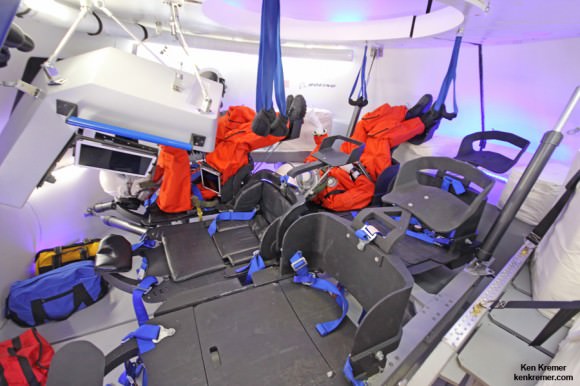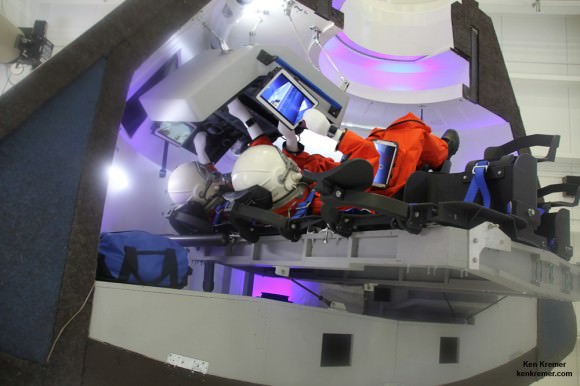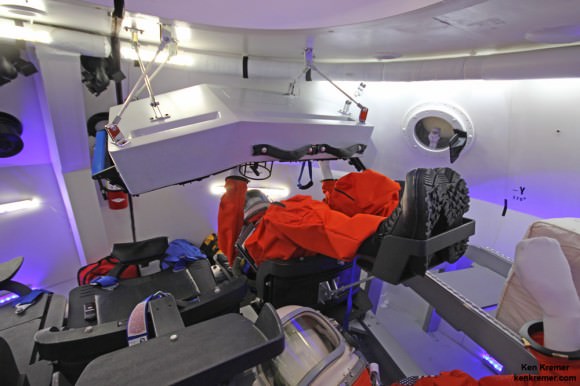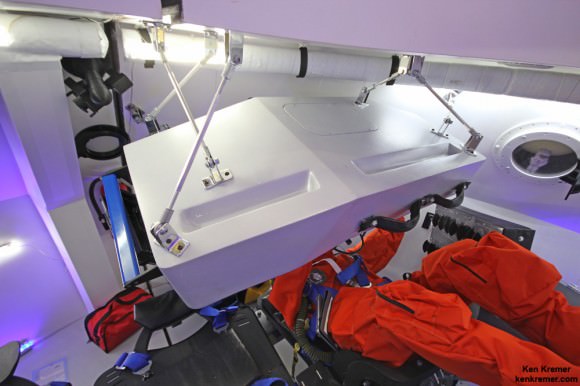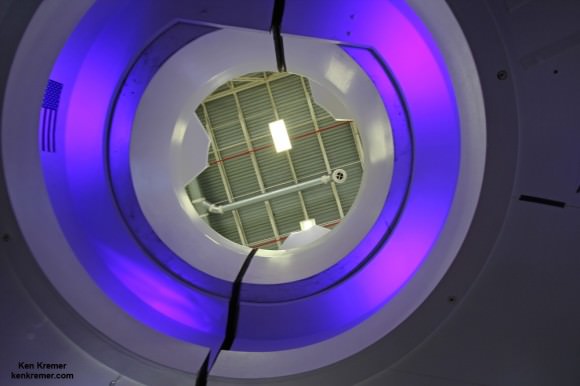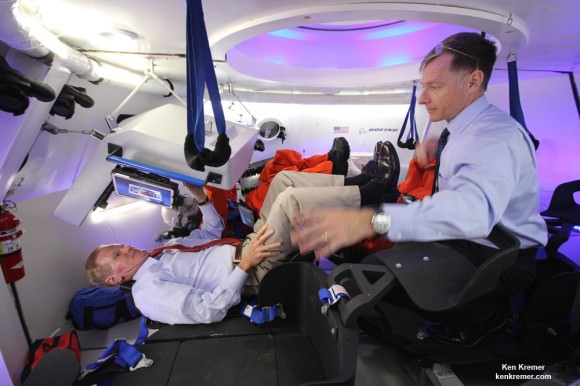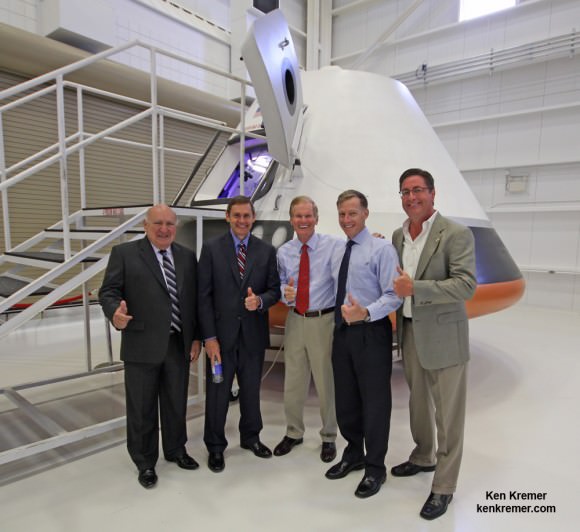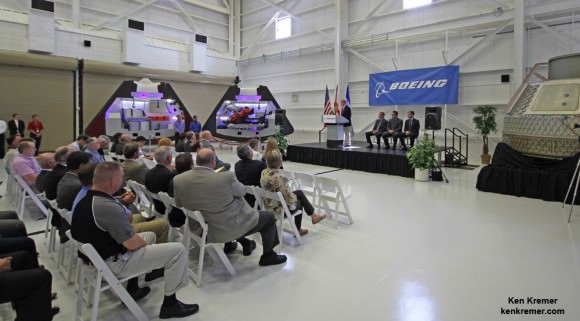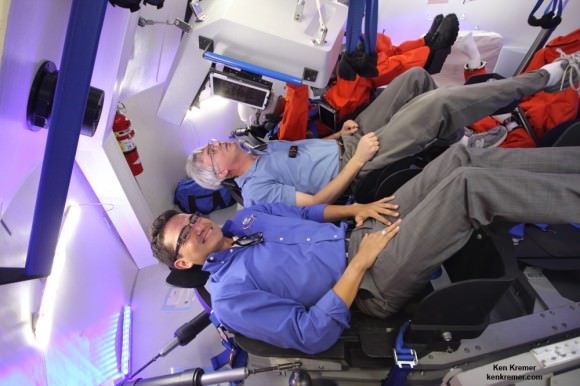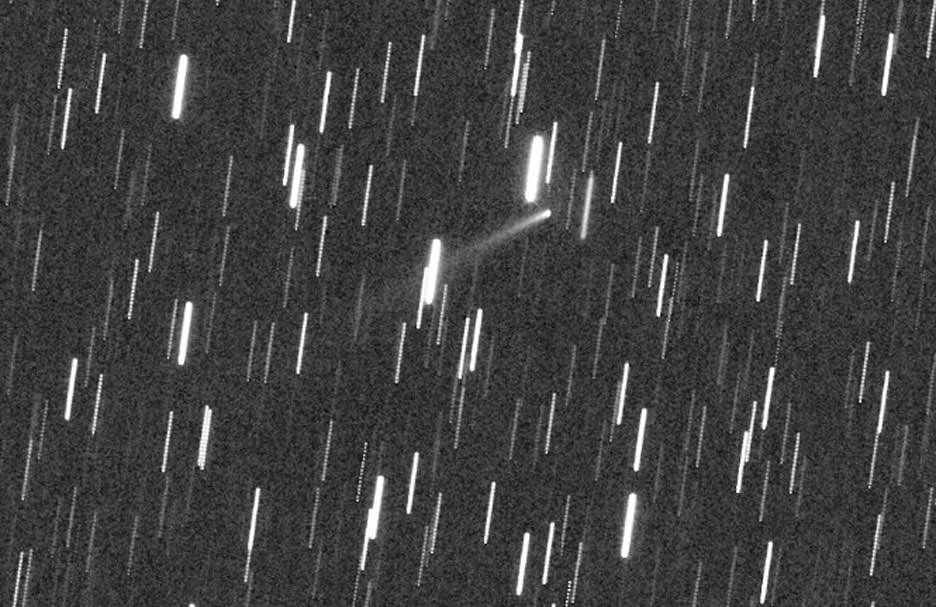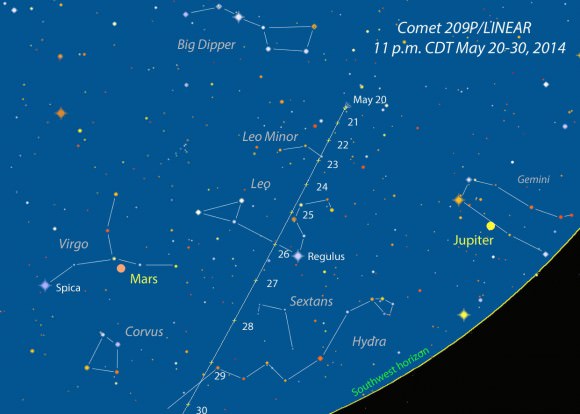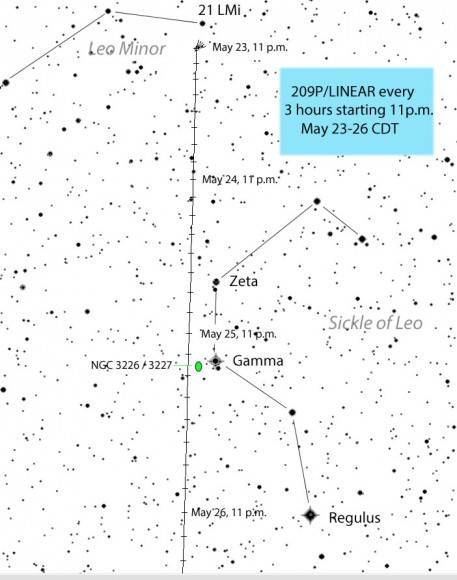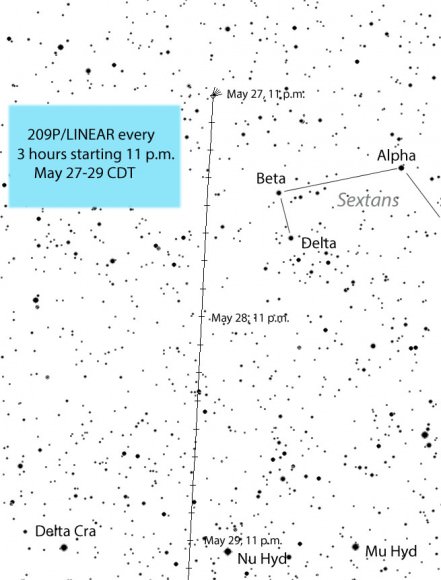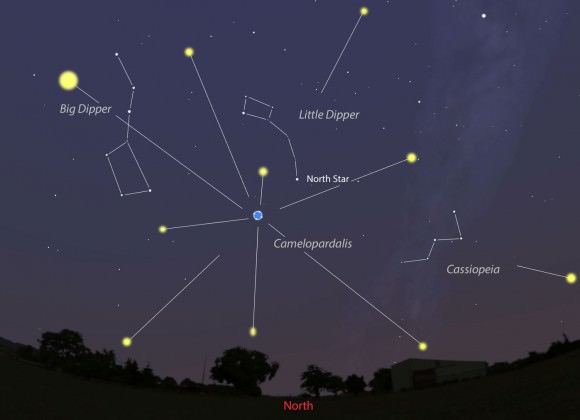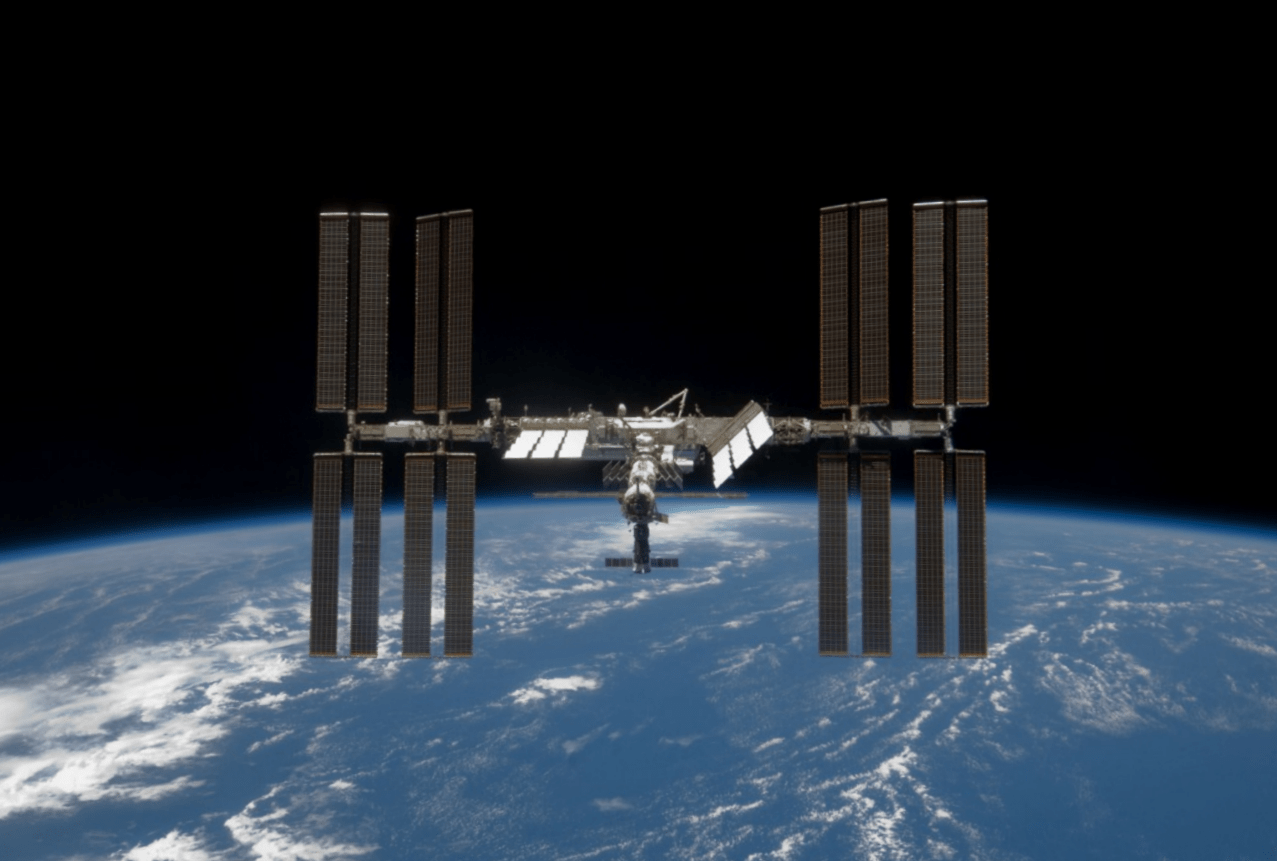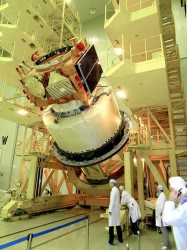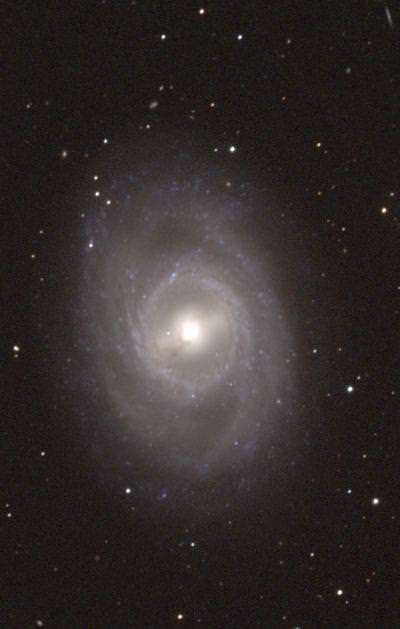After almost seventy years of spaceflight, space debris has become a rather serious problem. This junk, which floats around in Low Earth Orbit (LEO), consists of the spent first rocket stages and non-functioning satellites and poses a major threat to long-term missions like the International Space Station and future space launches. And according to numbers released by the Space Debris Office at the European Space Operations Center (ESOC), the problem is only getting worse.
In addition, space agencies and private aerospace companies hope to launch considerably more in the way of satellites and space habitats in the coming years. As such, NASA has begun experimenting with a revolutionary new idea for removing space debris. It is known as the RemoveDebris spacecraft, which recently deployed from the ISS to conduct a series of Active Debris Removal (ADR) technology demonstrations.
This satellite was assembled by Surrey Satellite Technology Ltd. and the Surrey Space Center (at the University of Surrey in the UK) and contains experiments provided by multiple European aerospace companies. It measures roughly 1 meter (3 feet) on a side and weighs about 100 kg (220 lbs), making it the largest satellite deployed to the ISS to date.
The purpose of the RemoveDebris spacecraft is to demonstrate the effectiveness of debris nets and harpoons at capturing and removing space debris from orbit. As Sir Martin Sweeting, the Chief Executive of SSTL, said in a recent statement:
“SSTL’s expertise in designing and building low cost, small satellite missions has been fundamental to the success of RemoveDEBRIS, a landmark technology demonstrator for Active Debris Removal missions that will begin a new era of space junk clearance in Earth’s orbit.”
Aside from the Surrey Space Center and SSTL, the consortium behind the RemoveDebris spacecraft includes Airbus Defense and Space – the world’s second largest space company – Airbus Safran Launchers, Innovative Solutions in Space (ISIS), CSEM, Inria, and Stellenbosch University. The spacecraft, according to the Surrey Space Center’s website, consists of the following:
“The mission will comprise of a main satellite platform (~100kg) that once in orbit will deploy two CubeSats as artificial debris targets to demonstrate some of the technologies (net capture, harpoon capture, vision-based navigation, dragsail de-orbitation). The project is co-funded by the European Commission and the project partners, and is led by the Surrey Space Centre (SSC), University of Surrey, UK.”
For the sake of the demonstration, the “mothership” will deploy two cubesates which will simulate two pieces of space junk. For the first experiment, one of the CubeSats – designated DebrisSat 1 – will inflate its onboard balloon in order to simulate a larger piece of junk. The RemoveDebris spacecraft will then deploy its net to capture it, then guide it into the Earth’s atmosphere where the net will be released.
The second CubeSat, named DebrisSat 2, will be used to test the mothership’s tracking and ranging lasers, its algorithms, and its vision-based navigation technology. The third experiment, which will test the harpoon’s ability to capture orbiting space debris, is set to take place next March. For legal reasons, the harpoon will not be tested on an actual satellite, and will instead consist of the mothership extending an arm with a target on the end.
The harpoon will then be fired on a tether at 20 meters per second (45 mph) to tests it accuracy. After being launched to the station back on April 2nd, the satellite was deployed from the ISS’ Japanese Kibo lab module on June 20th by the stations’ Canadian robotic arm. As Guillermo Aglietti, the director of the Surrey Space Center, explained in an interview with SpaceFlight Now before the spacecraft was launched to the ISS:
“The net, as a way to capture debris, is a very flexible option because even if the debris is spinning, or has got an irregular shape, to capture it with a net is relatively low-risk compared to … going with a robotic arm, because if the debris is spinning very fast, and you try to capture it with a robotic arm, then clearly there is a problem. In addition, if you are to capture the debris with a robotic arm or a gripper, you need somewhere you can grab hold of your piece of debris without breaking off just a chunk of it.”
The net experiment is currently scheduled for September of 2018 while the second experiment is scheduled for October. When these experiments are complete, the mothership will deploy its dragsail to act as a braking mechanism. This expandable sail will experience collisions with air molecules in the Earth’s outer atmosphere, gradually reducing its orbit until it enters the denser layers of Earth’s atmosphere and burns up.
This sail will ensure that the spacecraft deorbits within eights weeks of its deployment, rather than the estimated two-and-half years it would take to happen naturally. In this respect, the RemoveDebris spacecraft will demonstrate that it is capable of tackling the problem of space debris while not adding to it.
In the end, the RemoveDebris spacecraft will test a number of key technologies designed to make orbital debris removal as simple and cost-effective as possible. If it proves effective, the ISS could be receiving multiple RemoveDebris spacecraft in the ftureu, which could then be deployed gradually to remove larger pieces of space debris that threaten the station and operational satellites.
Conor Brown is the external payloads manager of Nanoracks LLC, the company that developed the Kaber system aboard the Kibo lab module to accommodate the increasing number of MicroSats being deployed from the ISS. As he expressed in a recent statement:
“It’s wonderful to have helped facilitate this ground-breaking mission. RemoveDebris is demonstrating some extremely exciting active debris removal technologies that could have a major impact to how we manage space debris moving forward. This program is an excellent example of how small satellite capabilities have grown and how the space station can serve as a platform for missions of this scale. We’re all excited to see the results of the experiments and impact this project may have in the coming years.”
In addition to the RemoveDebris spacecraft, the ISS recently received a new tool for detecting space debris. This is known as the Space Debris Sensor (SDS), a calibrated impact sensor mounted on the exterior of the station to monitor impacts caused by small-scale space debris. Coupled with technologies designed to clean up space debris, improved monitoring will ensure that the commercialization (and perhaps even colonization) of LEO can begin.
Further Reading: Spaceflight Now, RemoveDEBRIS

